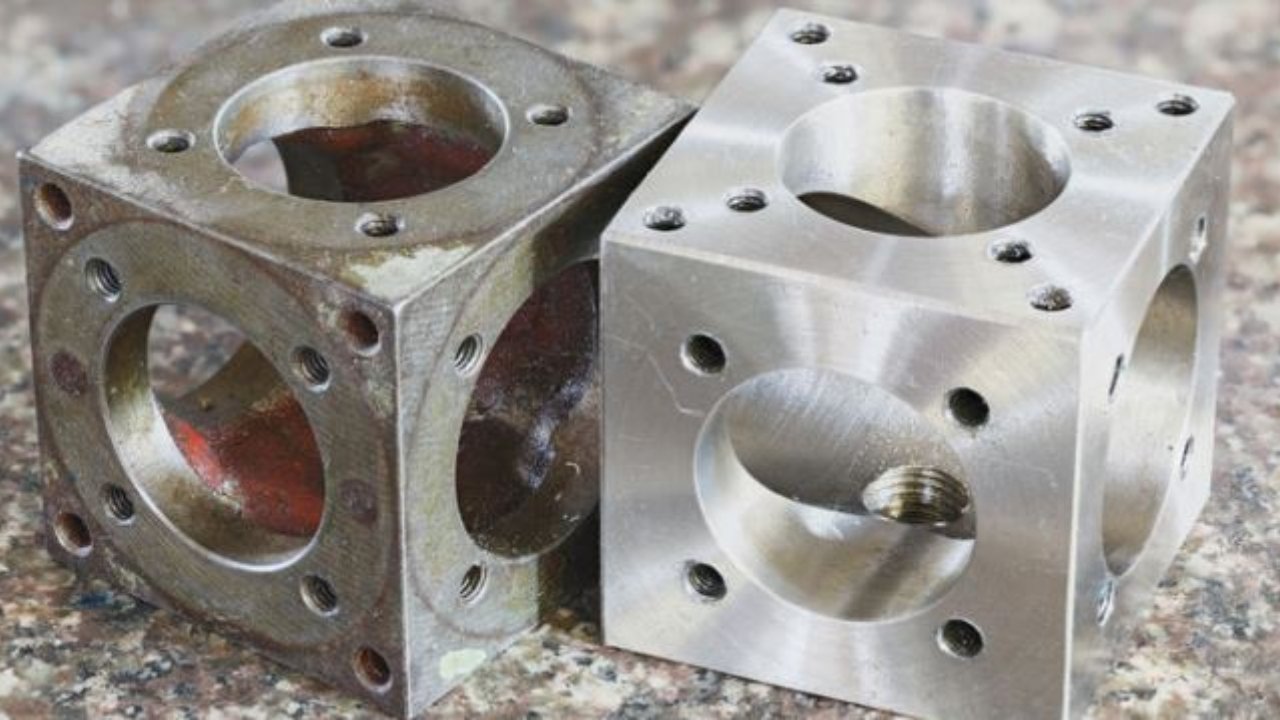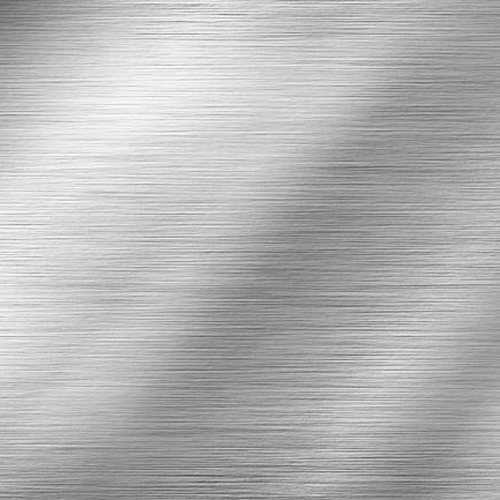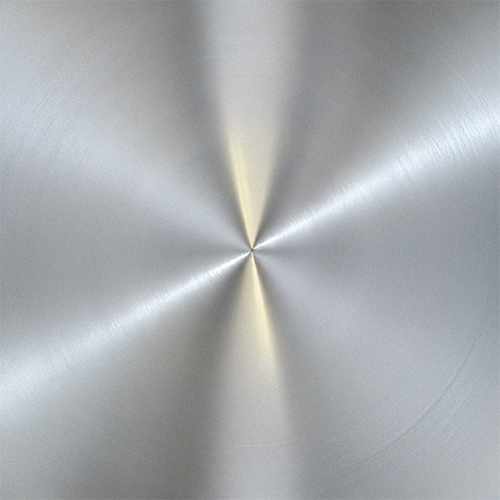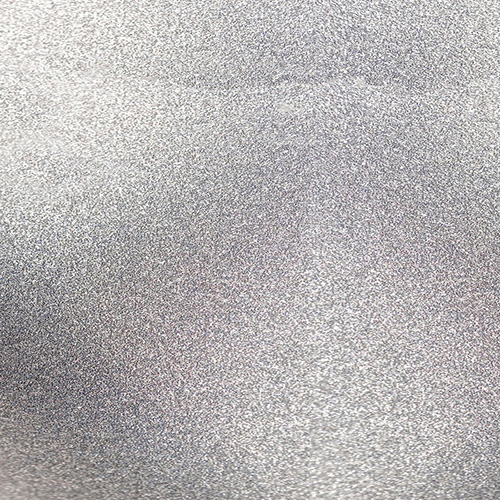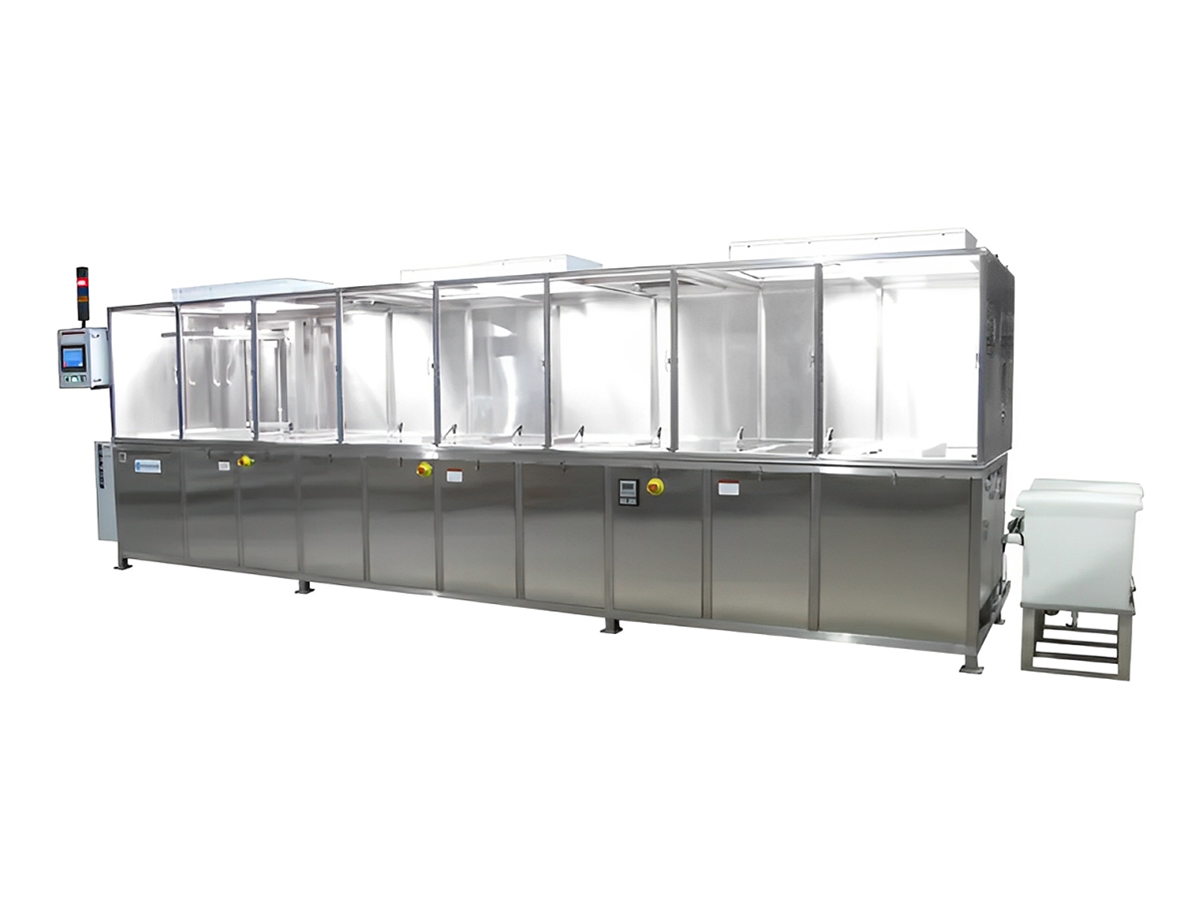Applicable Materials of Passivation
Note: Passivation works best with chromium/nickel-rich metals (e.g., 304/316 stainless, Inconel) and select aluminum alloys (e.g., 6061), as their composition forms a protective oxide layer. It’s ineffective for low-chromium materials like carbon steel, 200-series stainless, or pure metals such as copper.
KingStar’s Passivation Capabilities & Equipment
| Capability | Details | Notes |
|---|---|---|
| Materials Handled | Stainless steel (304, 316, 400-series), high-nickel alloys, select aluminum | Passivation works best with chromium/nickel-rich metals (e.g., 304/316 stainless, Inconel) and select aluminum alloys |
| Process Options | Nitric acid passivation, citric acid passivation (RoHS-compliant) | Traditional nitric acid passivation requires adding highly toxic sodium dichromate, while citric acid + ultrasonic method is safer and eco-friendly |
| Reaction Temperature | From room temperature up to ~65°C | - |
| Passivation Time | 10–30 minutes (varies by material, alloy, and part complexity) | - |
| Compliance Standards | ASTM A967 (stainless steel), AMS 2700 (aerospace-grade requirements) | - |
| Part Sizes | Small components (≤10mm) to large parts (up to 1200mm in length) | - |
| Quality Checks | Post-process testing (salt spray testing, oxide layer thickness measurement) | Detailed information will be provided later in this page |
General Passivation Workflow at KingStar
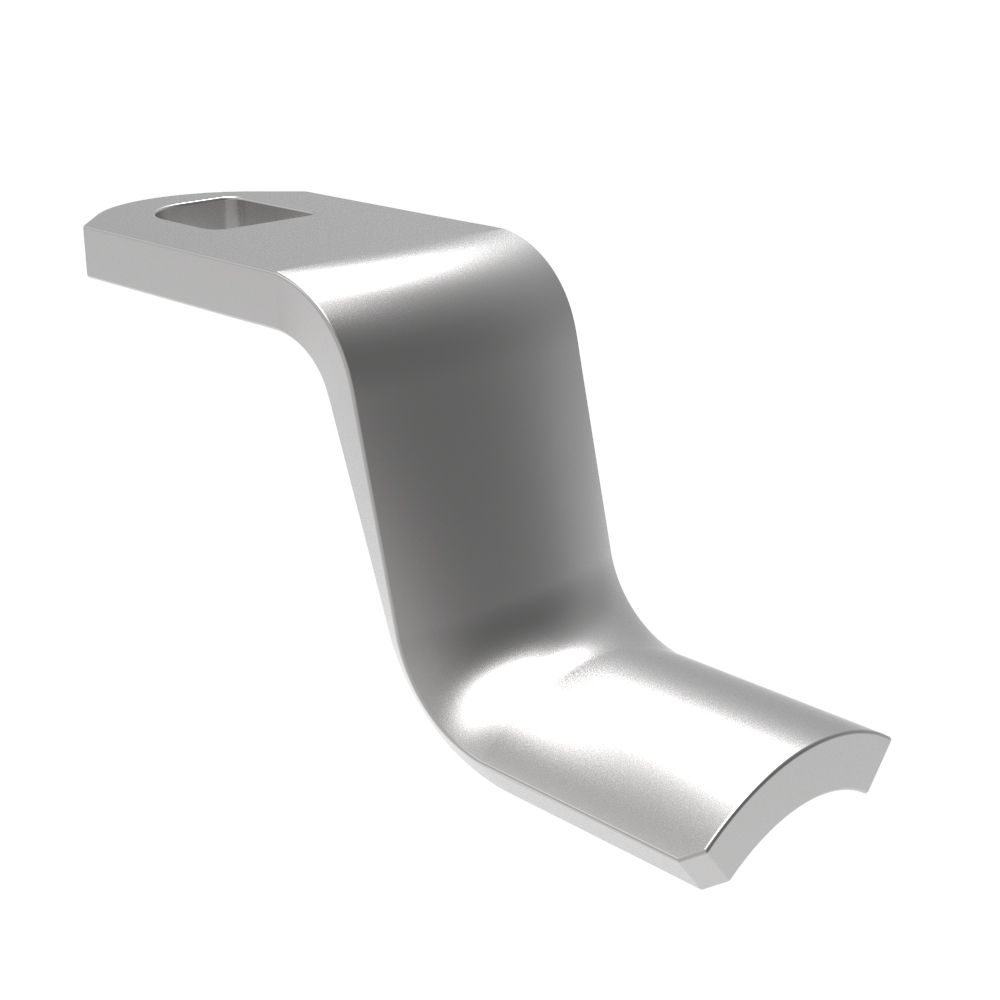

Frequently Asked Questions
No, not effectively. Paint or coatings block direct contact between the metal surface and passivation chemicals, preventing the oxide layer from forming. For coated parts, you’d first need to strip the coating (we offer pre-treatment services for this) before passivating, then re-coat if needed.
